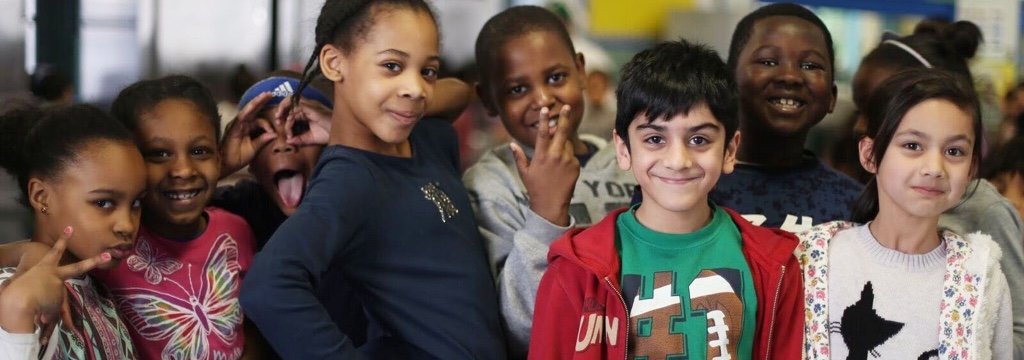Get more from InsideSchools
The Anderson School
Share this school
Manhattan NY 10024
Our Insights
What’s Special
Fast-paced academics and engaging instruction
The Downside
Daunting admission odds
One of the most demanding and selective schools in New York, PS 334 The Anderson School attracts children from all over the city. Engaging instruction, imaginative projects and a stellar record of getting children into top high schools (both public and private) has made Anderson one of the most sought-after schools anywhere.
Don’t set your heart on sending your child here, however. The competition for admission is unbelievably tough. Just 50 are admitted to Anderson’s kindergarten and a handful in 1st through 3rd grades. The odds are ever so slightly better in the middle school, particularly in 7th grade when about a dozen students leave for Hunter College High School, which begins in 7th grade.
The school has a particularly strong math program. Rather than relying on one set of textbooks, teachers skillfully blend different approaches that combine fast-paced instruction with deep conceptual understanding. Teachers encourage children to look for different ways to solve problems and the kids seem to take joy in discovery—not just in getting the right answer. By 8th grade, nearly all have passed the high school algebra Regents exam.
While kindergarten classrooms elsewhere have removed blocks and dramatic play areas, at Anderson children enjoy center time when they may shop at a play store (and learn to make change), squeeze and flatten bits of clay (strengthening fine motor skills) or roll marbles down ramps made from wooden blocks. On our visit, we saw a kindergartner put together base ten blocks usually used by older children to learn addition, subtraction and place value. As the boy used the blocks to construct a house, the teacher encouraged him to count them—what turned into a three-digit addition problem.
Many children have reading skills that are well above grade level, with 1st-graders often reading books more typical for 3rd-graders (see the school website for recommended summer reading). Third-graders essays about where they spent their summer vacation, most often to visit family from a wide swath of nationalities on many continents providing students with both sophistication and the good luck of being world travelers at a young age. Fourth-graders essays showed an understanding of complex ideas, such as a report one child wrote about the air quality in New York nail salons.
A beloved science teacher, Charles Conway, asked 5th-graders to determine how changing the length of a pendulum affects the number of swings in a given time period. Sixth-graders have used a rooftop weather station to predict the weather. Eighth-graders take the high school Regents exam for living environment, as biology is called.
In an 8th grade English class, students read and discuss oral histories of southern Black farmers in the early 1900s to deepen their understanding of characters in the novel To Kill a Mockingbird, part of a joint unit with Social Studies on Reconstruction and the Jim Crow South. This unit is one of several Facing History units students encounter in the 7th and 8th grade, as the Anderson School is a Facing History Partner School. Over the course of several years, students study topics such as immigration and the American identity, media literacy in a digital age, and the Holocaust and Human Behavior, reading Night by Elie Wiesel and MAUS by Art Spiegelman.
The homework load is heavy but not oppressive. Kindergartners have weekly homework packets. By middle school, children may spend two hours a night on homework. Kids compete in the math team or the robust debate team, but aren’t cut-throat, says Principal Jodi Hyde. They say, “Yes, we’re competitive because we want to do well. But they aren’t mean to each other. They are competitive with themselves.”
The school is committed to giving extra academic and emotional support to all. Graduates go on to the top high schools in the city, including elite public schools like Stuyvesant and Bronx High School of Science and private schools like Trinity.
The school has a very active PTA that raises around $400,000 for assistant teachers in every class as well as programs such as dance, chess, sports and field trips.
SPECIAL EDUCATION: The school offers ICT classes in grade 6-8, speech and occupational therapy. A handful of children who have disabilities such as dyslexia receive extra help. The school has both a full-time guidance counselor and a social worker to help students.
ADMISSIONS: Admissions is according to NYC Department of Education standards. Yellow bus service is available for most Manhattan students who live more than half a mile from school. Students in bus eligibility areas receive student MetroCards. (Clara Hemphill, 2015; Updated via email with the school, July 2022)
Read more

Comments